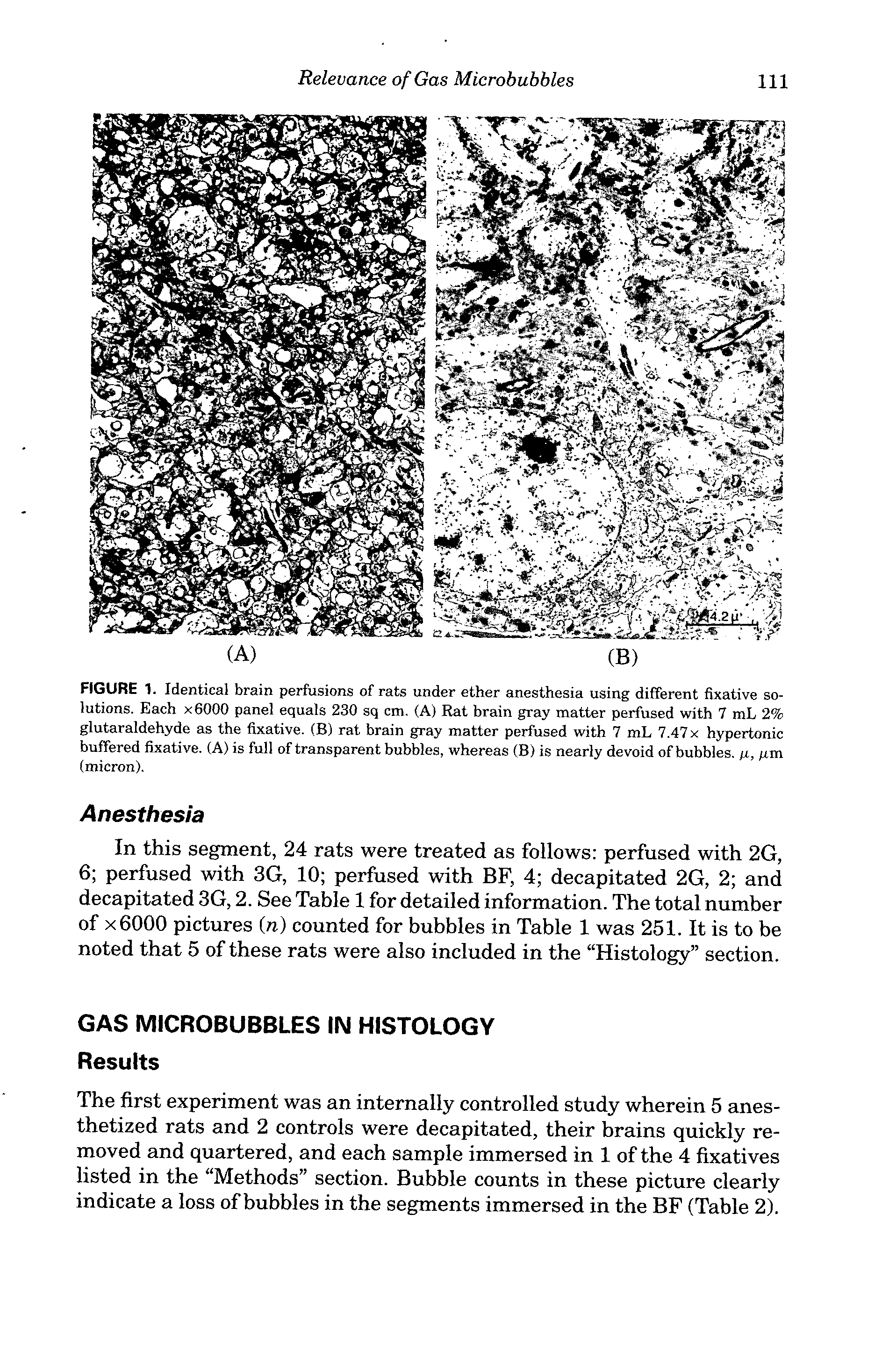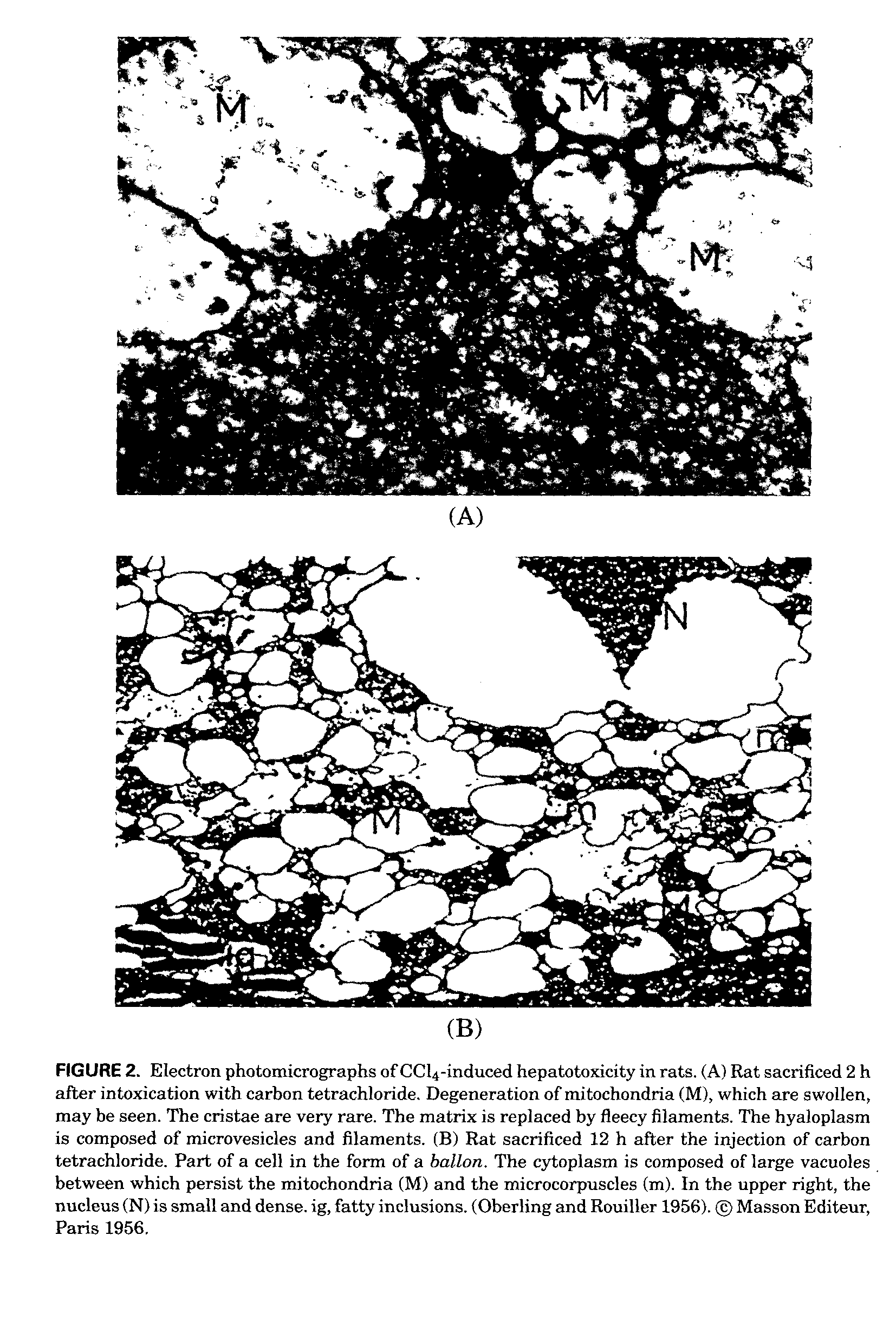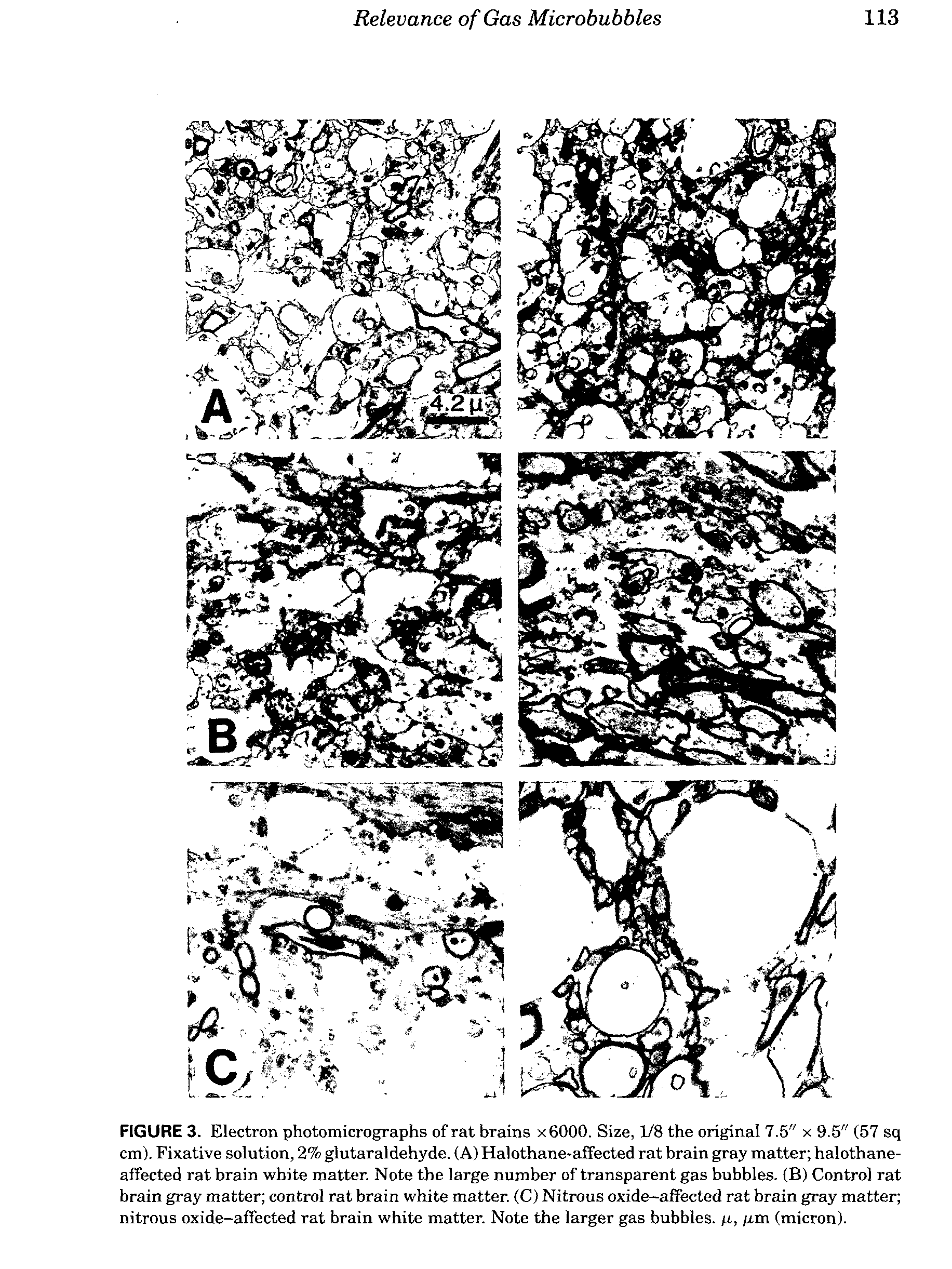Method of use of Xenon-133 for the treatment of AIDS, other viral and non-viral infections
a technology of xenon133 and xenon 133, which is applied in the field of use of xenon133 for the treatment of aids, other viral and nonviral infections, can solve the problems of antibiotic resistance bacteria becoming an ever increasing problem, prion based diseases are essentially untreatable, and drug therapy treatments for viral diseases are only somewhat effective at controlling the proliferation of viral dna, etc., to achieve enhanced effect, high linear energy transfer, and safe us
- Summary
- Abstract
- Description
- Claims
- Application Information
AI Technical Summary
Benefits of technology
Problems solved by technology
Method used
Image
Examples
Embodiment Construction
[0013] It is proposed that the inhalation of radioactive xenon in the form of Xe-133, optionally mixed with low levels 0.1-10% of stable Xe-131 to enhance biodistribution will provide a useful radiotherapy for the treatment and / or cure of FLV, human AIDS, leukemias, and other retroviral diseases. For purposes of this disclosure the term—inhalation treatment—shall mean the complete process which includes the inhalation of a gas mixture through a mask from and into a closed system wherein re-breathing of said gas mixture continues for time sufficient to attain a specific exposure to Xe-133, and after which the mask is removed and the patient exhales into an ambient atmosphere or chamber, thereby excreting the tissue-residual inhaled gases from the body.
[0014] In practice, it is envisioned that patients would receive an inhalation treatment with a mixture of gases over a suitable time period to provide whole body radiation doses of up to about 25 rads maximum, such doses being adminis...
PUM
 Login to View More
Login to View More Abstract
Description
Claims
Application Information
 Login to View More
Login to View More - R&D
- Intellectual Property
- Life Sciences
- Materials
- Tech Scout
- Unparalleled Data Quality
- Higher Quality Content
- 60% Fewer Hallucinations
Browse by: Latest US Patents, China's latest patents, Technical Efficacy Thesaurus, Application Domain, Technology Topic, Popular Technical Reports.
© 2025 PatSnap. All rights reserved.Legal|Privacy policy|Modern Slavery Act Transparency Statement|Sitemap|About US| Contact US: help@patsnap.com



